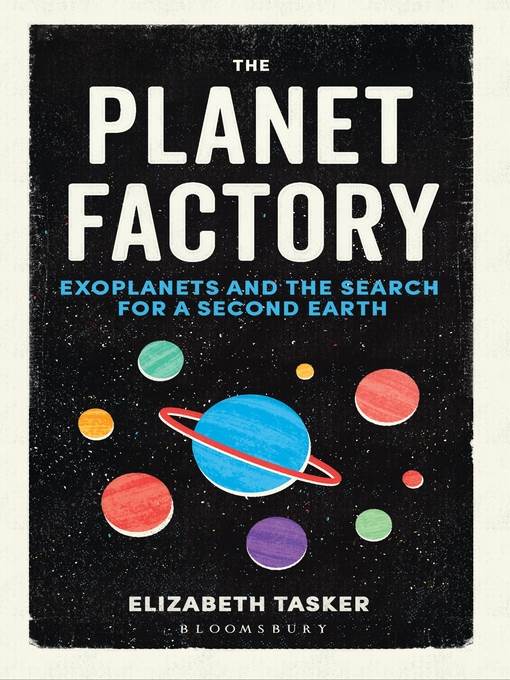
The Planet Factory
Exoplanets and the Search for a Second Earth
کتاب های مرتبط
- اطلاعات
- نقد و بررسی
- دیدگاه کاربران
نقد و بررسی

September 1, 2017
In the last few years, 3,500 planets have been confirmed to be orbiting stars outside the solar system, and 1,000 additional candidates have been identified. Tasker (solar system science, Hokkaido Univ., Japan) describes the theoretical formation of these extrasolar planets, or exoplanets, from dusty gas discs while also relating how exoplanets are detected. The Kepler space telescope, launched in 2009, has proven enormously successful at exoplanet detection, as it is more sensitive to the tiny dimming of stars than Earthbound observations. By combining these techniques, astrophysicists can determine the mass and radius of the exoplanet and gain a better sense of the nature of the planet itself: dense, rocky, or gaseous. The author explains how many planets are with either short or long orbits, extreme size or small mass, or possessing other qualities such as a reverse orbit or more than one sun. Inevitably, the question turns to the possibility of life on exoplanets. A brief glossary and suggestions for further reading conclude the work. VERDICT A hot topic in astronomy effectively covered by an award-winning science writer and educator.--Teresa R. Faust, Coll. of Central Florida, Ocala
Copyright 2017 Library Journal, LLC Used with permission.

August 21, 2017
Tasker, a British astrophysicist working at the Japan Aerospace Exploration Agency (JAXA), delves into “the greatest construction process in the universe” in this well-researched and superbly organized debut. Split into three parts, the book offers a finessed, granular rundown of basic astrophysics and exoplanet science, including star types, detection methods, and solar system formation. Tasker introduces readers to every kind of planet imaginable: worlds composed of lava, water, or diamond, as well as skeletal cores stripped of an atmosphere. She writes that “stars are excellent planet factories under any conditions,” but that our own system is “not normal.” As soon as astronomers have a working theory of planet formation, “a new planet shows up and blows it to pieces.” Tasker’s no-frills style cuts through media hype; for instance, she explains that the “Goldilocks zone” merely indicates that if a “ surface was exactly like that of Earth your cup of water would stay liquid.” Ours may be the only planet with confirmed life, but an active exomoon under the magnetic protection of its host world or “an old super Earth looping an orange dwarf” might be the best places for life to begin and flourish. Tasker entertains as she engagingly expounds on the menagerie of exoplanets, both basic and bizarre. Illus.

























دیدگاه کاربران